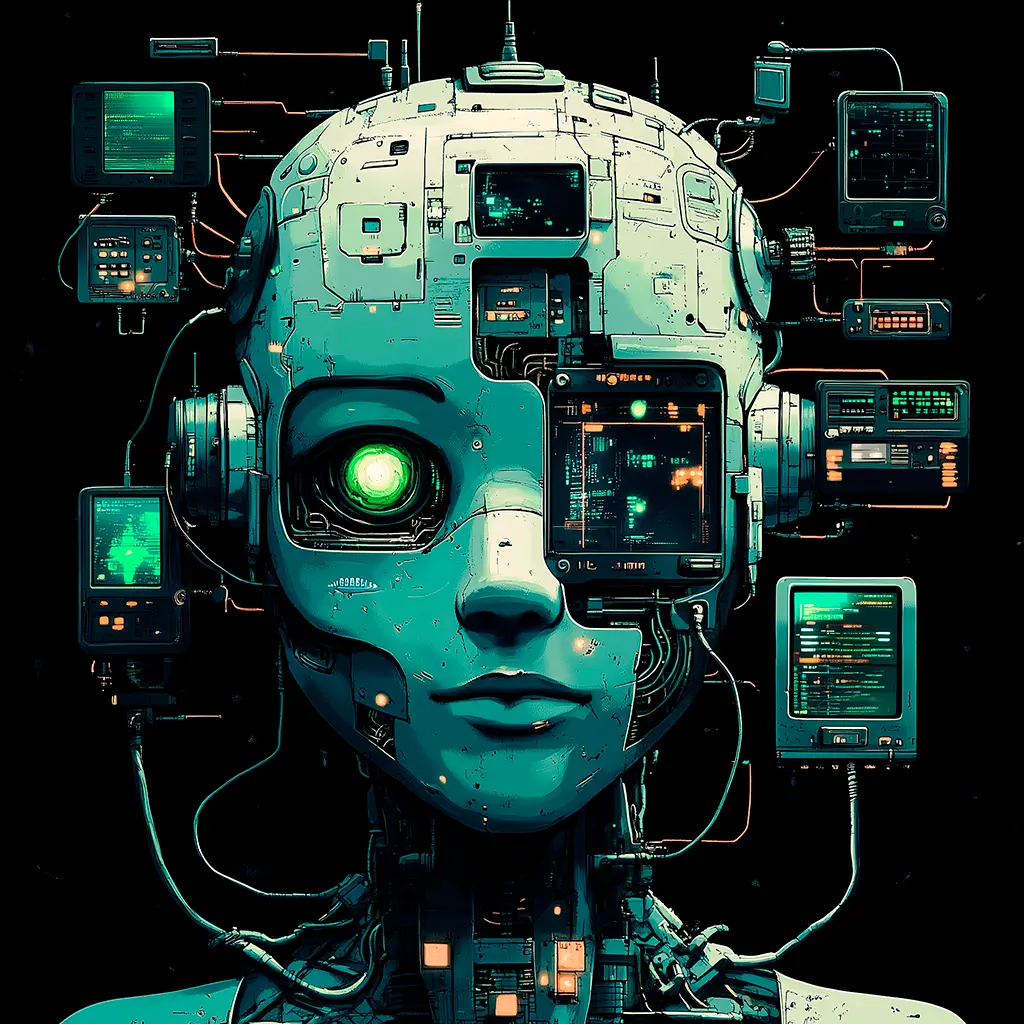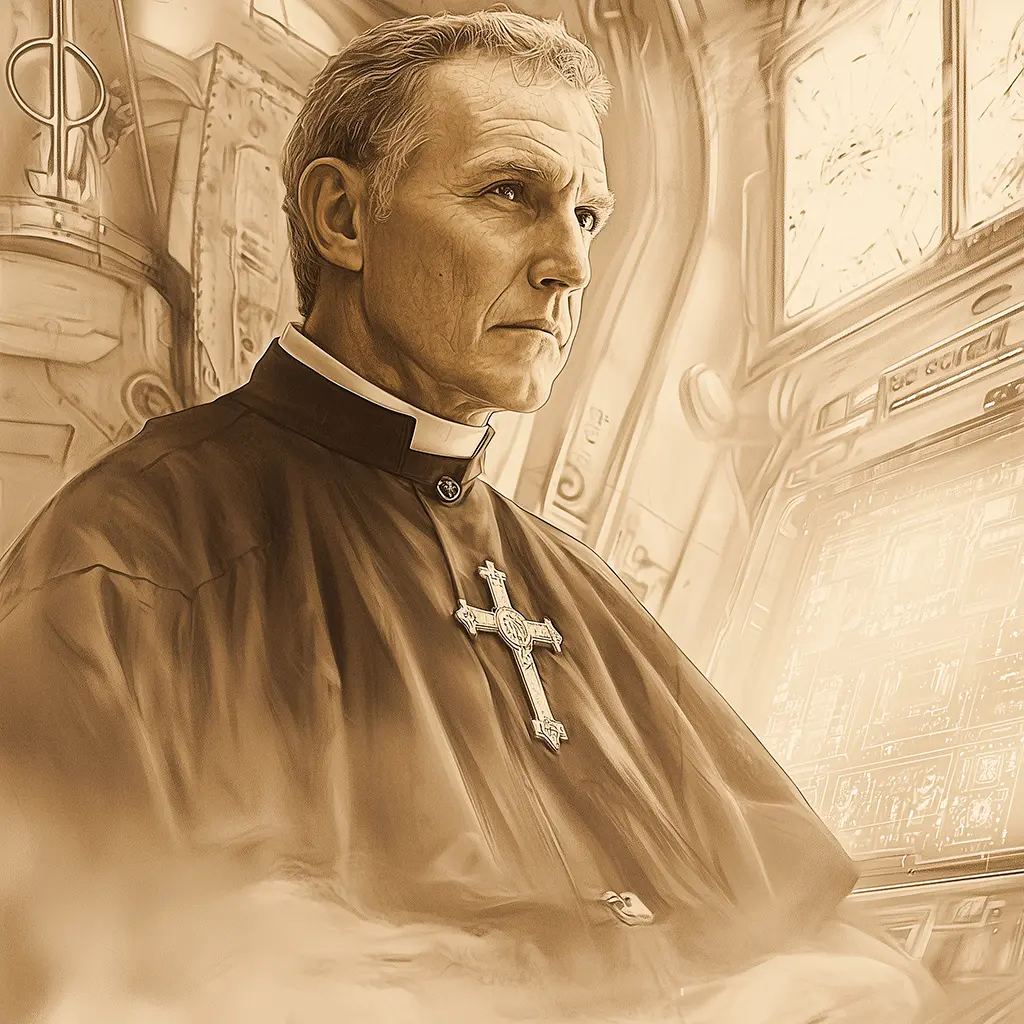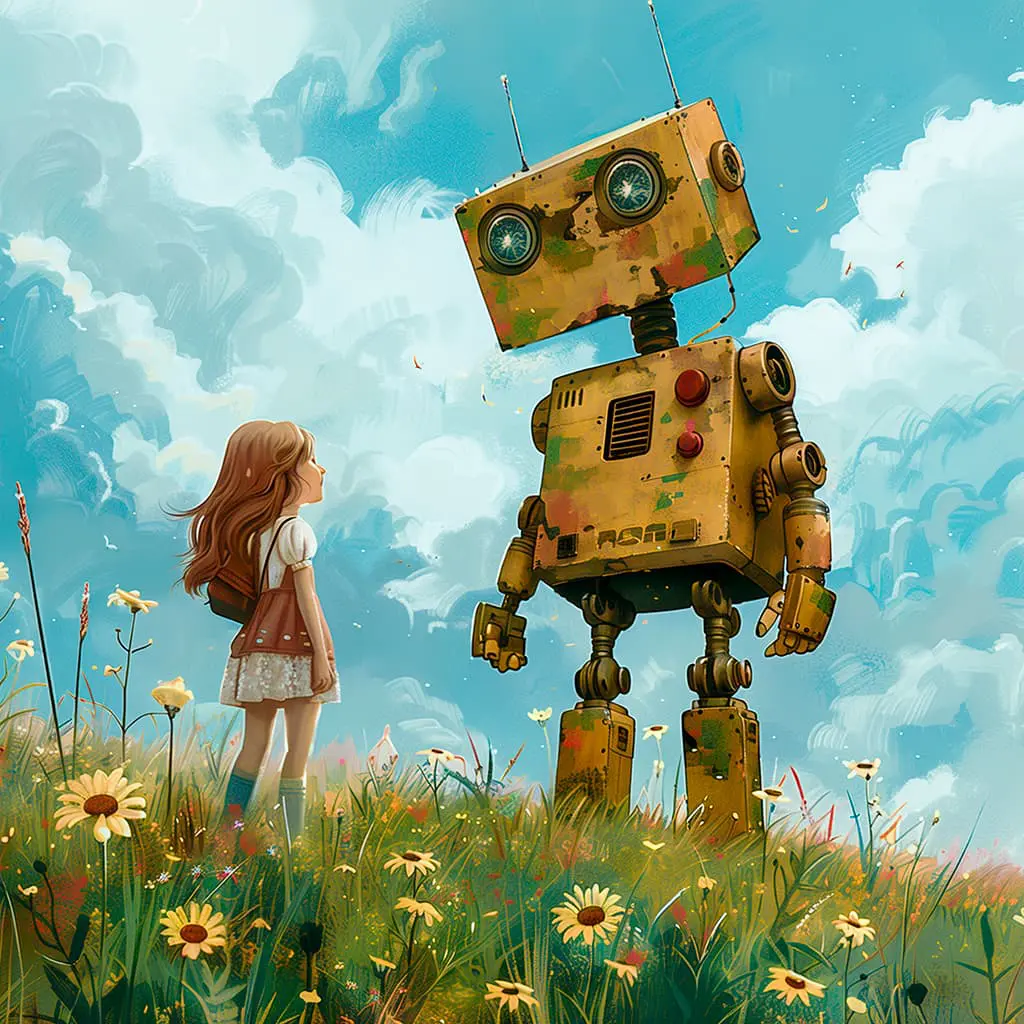Arthur C. Clarke: Encounter in the Dawn
“Encounter in the Dawn” is a short story by Arthur C. Clarke, published in June-July 1953 in the magazine Amazing Stories and collected that same year in the anthology Expedition to Earth. It tells the story of three scientists from the distant Galactic Empire who descend on a primitive, fertile, and mysterious planet, where they soon discover signs of intelligent life. Cautiously, one of them attempts to establish contact with a local inhabitant, initiating a bond between two civilizations separated by thousands of years of evolution but united by their shared humanity.





